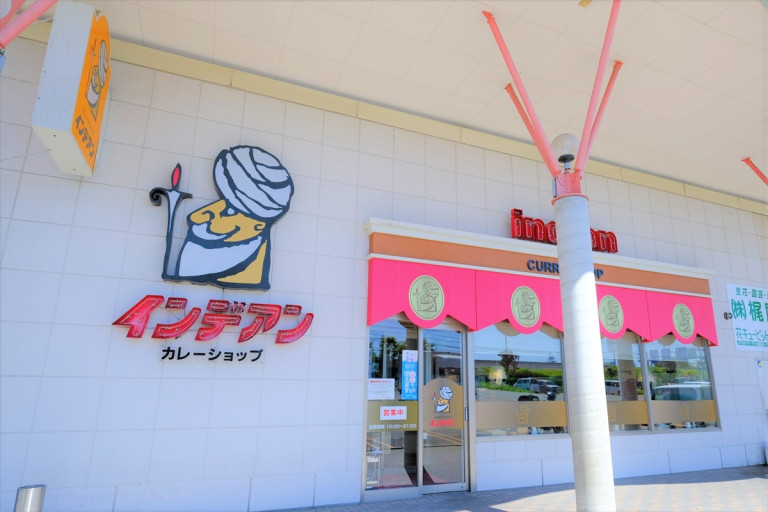
Seriously, who’s in charge of this place and why haven’t they expanded to the rest of Japan?!
Maybe it’s because they spend so much time writing about food, but our writers know the secret to finding good food when they travel. The first thing they do is check out a convenience store to see if they sell any local specialties. Then they find out if there are any local chain restaurants. Those are the best ways to find out what kind of food is a specialty in that area.
That’s why our Japanese-language reporter Haruka Takagi checked out Curry Shop Indian while she was visiting Japan’s northernmost prefecture of Hokkaido. Haruka, a curry fan, was excited to try a curry shop she’d never been to before, and based on the name, she assumed she’d be served up some very spicy Indian-style curry.
▼ Curry Shop Indian has twelve branches, but they can only be found in Hokkaido.
The branch Haruka visited was known as the “Nishi 18-jo branch” in the central Hokkaido city of Obihiro. Located in the Piazza Fukuhara shopping center along National Highway 38, it’s in a pretty convenient spot.
Haruka’s first impression was that she’d somehow seen this shop before. The logo in particular seemed familiar, but Haruka couldn’t figure out why. At least, not until she remembered visiting a restaurant in Osaka called Indian Curry, which had a similar logo.
Haruka was curious to find out whether they were connected at all, so she called the parent company that manages Hokkaido’s Curry Shop Indian restaurants, Fujimori Shokai. Apparently, they have no relation whatsoever; they just somehow managed to use a very similar logo and go with similarly simplistic names.
Anyway, back to the matter at hand. Curry Shop Indian (the Hokkaido version) has three kinds of curry roux: Indian, a mild roux made from beef and ten kinds of spices; Basic, a simple curry made from beef extract and onions; and Vegetable, a curry filled with potatoes, carrots, and onions.
All three were the same price, coming out to 528 yen (US$3.78) for dine-in, 518 yen for carry-out, and 410 yen to carry out the curry without the rice. Like CoCo Ichibanya and other nationwide curry restaurants, you can also select additional toppings, including fried pork cutlets, hamburg steak, shrimp, chicken, and cheese.
▼ Apparently, you can only get eggs (110 yen each) as a topping at the Nishi 18-jo branch.
What surprised Haruka was that the restaurant was really enthusiastic about offering takeout. You have to pay 66 yen for the container unless…
▼ “Please bring your own pot. We highly encourage this.”
You bring your own pot!
According to the menu, pamphlets, and website, Curry Shop Indian really values eco-friendliness, which is why they highly encourage people to bring their own containers from home when ordering Indian’s curry for takeout. In truth, CoCo Ichibanya and other restaurants also offer this service, but Haruka feels like no other restaurant was quite as enthusiastic about the idea as Curry Shop Indian. Apparently, this is a service used by a lot of customers, who bring their own pots to take home curry in.
Haruka didn’t have a pot to bring, so she ordered a dine-in Indian Curry with Chicken. The chicken topping came out to 198 yen, making her total for the meal 726 yen.
At first glance, this curry really didn’t seem like anything special. It didn’t smell especially flavorful, and there was no sign of the promised 10 spices. Haruka felt somewhat disappointed, fearing that the curry wasn’t anything to write home about, but as soon as she took a bite, her opinion completely changed.
“W-wow…It’s really good!!!”
The curry roux was thick, rich, and sweet, and felt like the curry of olden days. It was similar to a curry you might make at home, but it was far richer and had way more umami than anything Haruka could cook.
Haruka is the type who prefers to mix her curry roux with her rice before eating it, but the curry here was so thick that she thought she would only be able to eat about half of it. But that wasn’t the case at all; it wasn’t too salty or too rich. How did they get it to taste like this?
The large pieces of chicken added to the curry were really good, too, and Haruka was delighted to find little bits of beef in the mix as well.
About halfway through she added some spicy oil to change up the flavor a little bit, and this made it gradually spicier, which in itself was also delicious.
The more Haruka ate, the more she realized: no one in Japan could possibly hate this curry. From the first bite to the last, it was highly satisfying. Haruka can confidently recommend it to anyone.
While it wasn’t the super spicy curry Haruka had expected from the restaurant’s name, that wasn’t a problem in the end because it was a delicious curry all on its own. The next time Haruka finds herself close to a Curry Shop Indian, she will definitely be trying the basic and the vegetable curry as well.
Images © SoraNews24
● Want to hear about SoraNews24’s latest articles as soon as they’re published? Follow us on Facebook and Twitter!
[ Read in Japanese ]

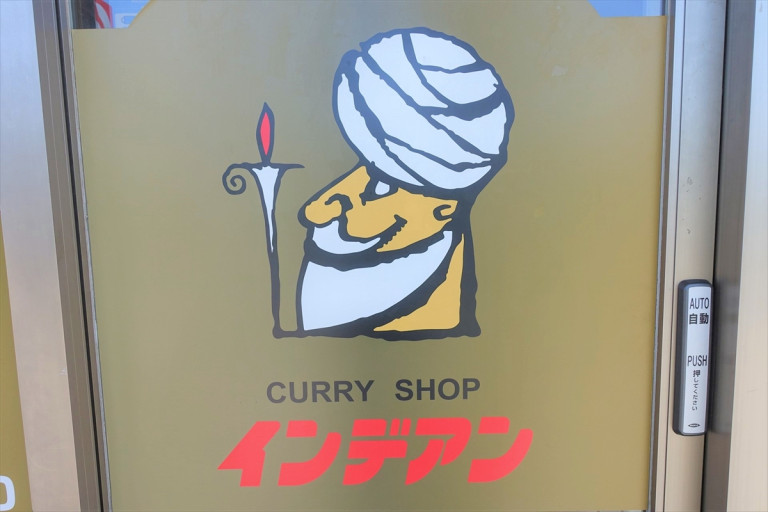
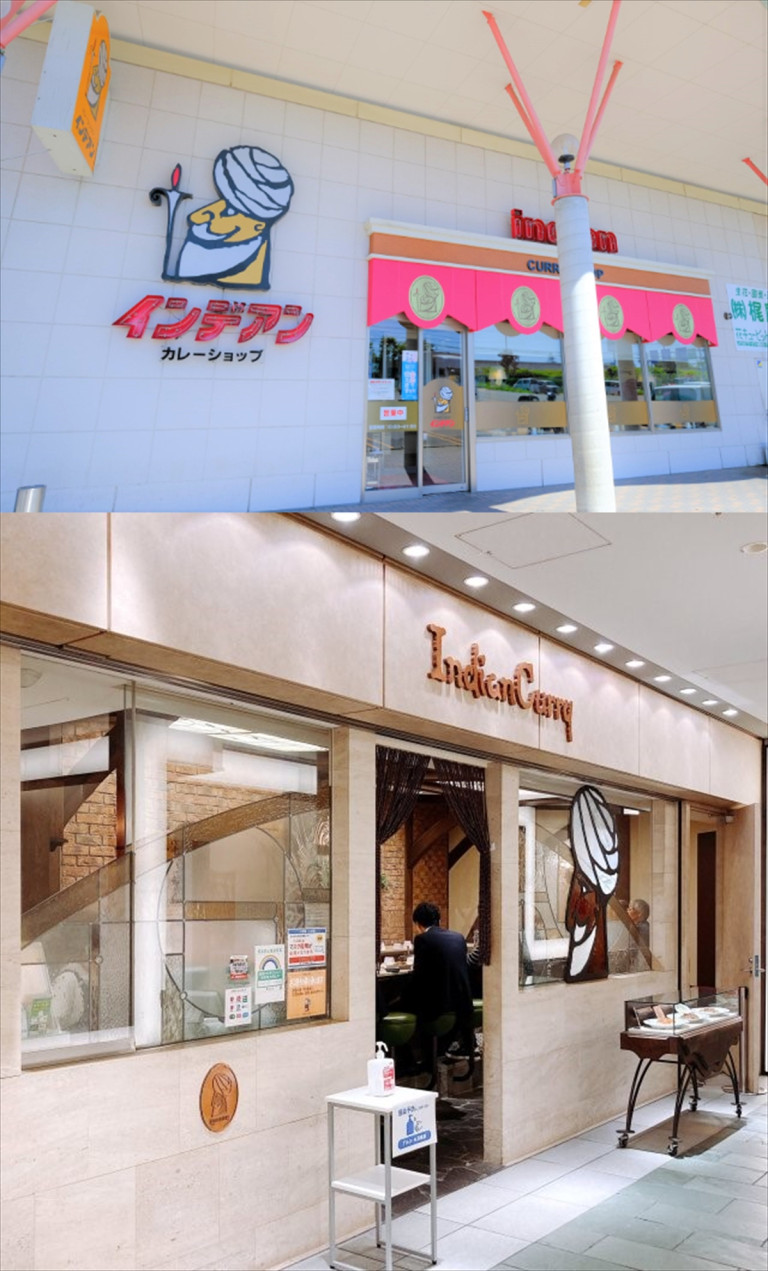
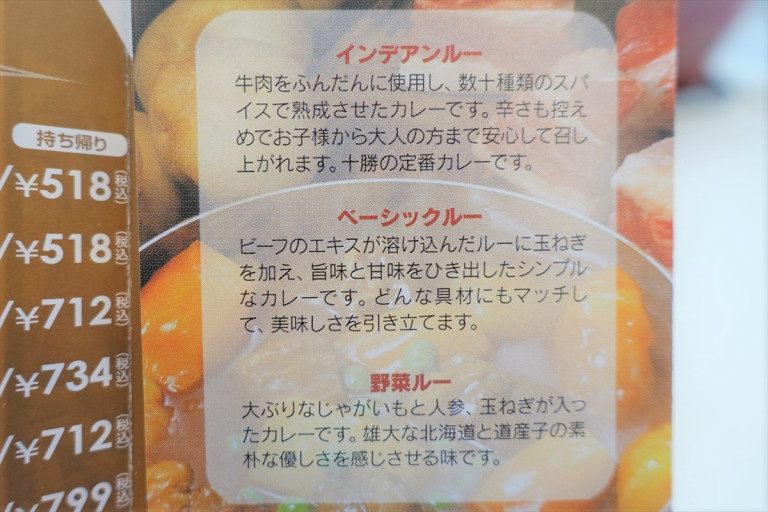
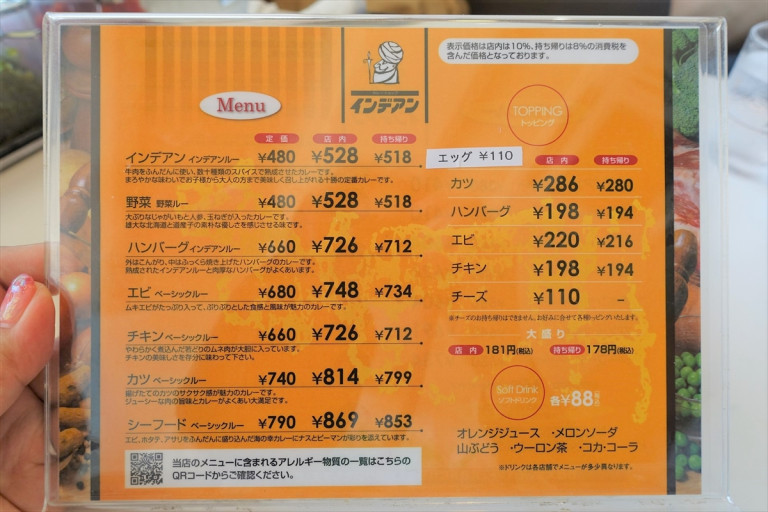
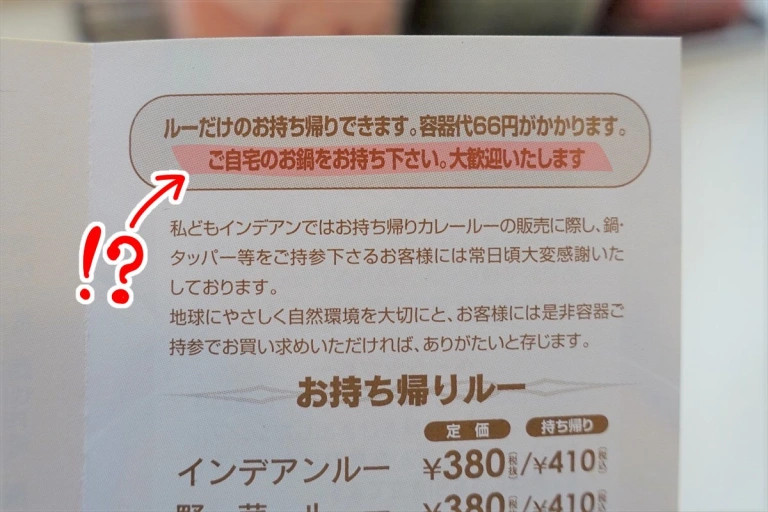
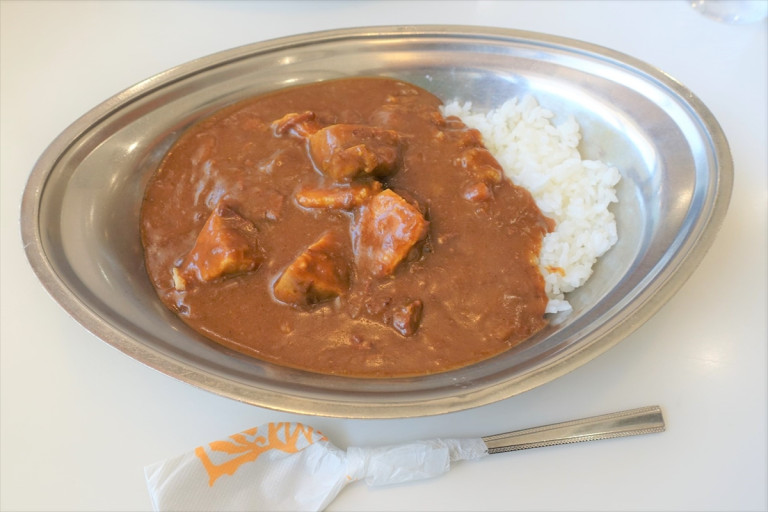
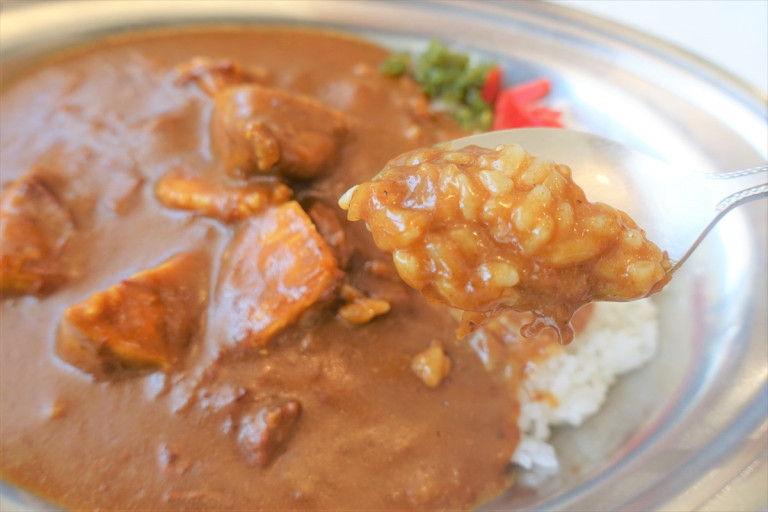
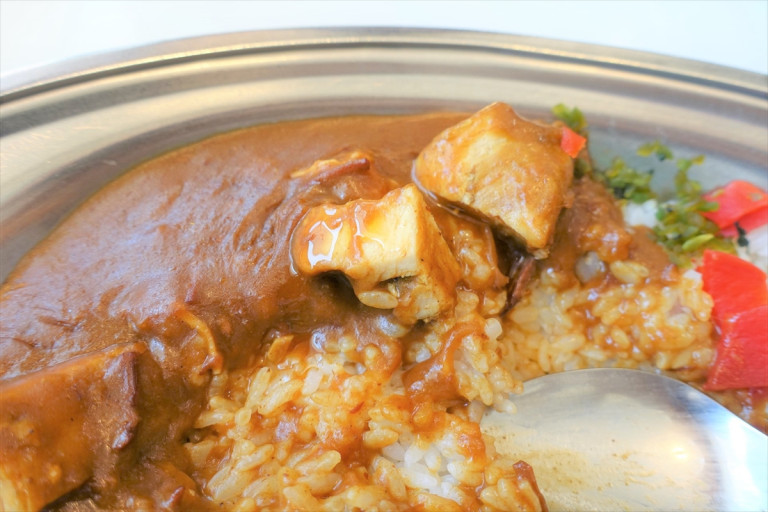
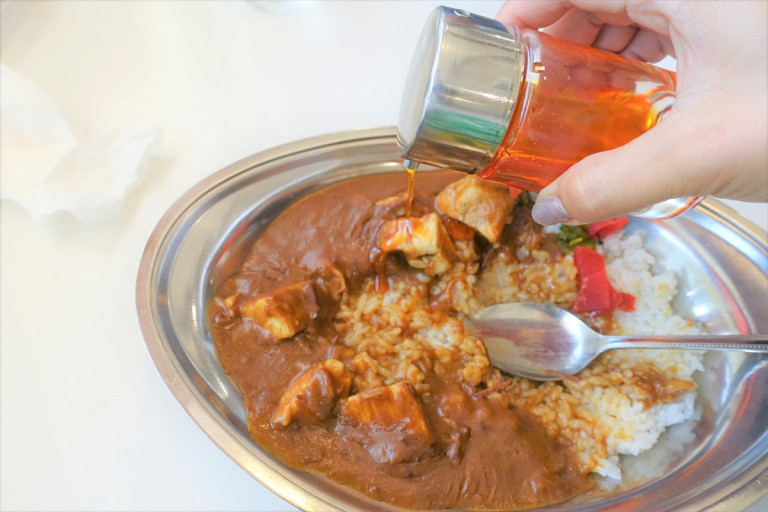
 We mixed 43 different kinds of Japanese curry together to make The King of Curries
We mixed 43 different kinds of Japanese curry together to make The King of Curries Japanese curry chain Coco Ichibanya to open a branch in India next year
Japanese curry chain Coco Ichibanya to open a branch in India next year Curry chain CoCo Ichi opens branch in Japan serving Japanese curry rice created outside Japan
Curry chain CoCo Ichi opens branch in Japan serving Japanese curry rice created outside Japan Did you know curry is so popular in Japan there is a series of Indian restaurant music CDs?
Did you know curry is so popular in Japan there is a series of Indian restaurant music CDs? Survey ranks the most popular Japanese curry dishes during winter
Survey ranks the most popular Japanese curry dishes during winter Majority of Japanese mayors say foreign residents are essential but most see good and bad effects
Majority of Japanese mayors say foreign residents are essential but most see good and bad effects Japanese beef bowl chain Sukiya’s 2026 Smile Box lucky bag basically pays for itself
Japanese beef bowl chain Sukiya’s 2026 Smile Box lucky bag basically pays for itself Four Shinto shrines to pray for love at in Japan to start the New Year
Four Shinto shrines to pray for love at in Japan to start the New Year Top Secret Cookie Recipe Finally Comes to Light
Top Secret Cookie Recipe Finally Comes to Light Japanese thug wear from Birth Japan perfect for those breaking bad next year
Japanese thug wear from Birth Japan perfect for those breaking bad next year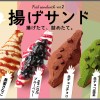 Fried sandwiches arrive in Tokyo, become hot topic on social media
Fried sandwiches arrive in Tokyo, become hot topic on social media History’s worst job? Japanese noblewomen used to hire servants to take the blame for their farts
History’s worst job? Japanese noblewomen used to hire servants to take the blame for their farts Pizza Hut Japan’s hot lucky bags are perfect for a New Year’s pizza party
Pizza Hut Japan’s hot lucky bags are perfect for a New Year’s pizza party Cast of this summer’s live-action Naruto stage play looks more awesome than ever in new photos
Cast of this summer’s live-action Naruto stage play looks more awesome than ever in new photos We try the Jack & Coke canned cocktail to see if it’s any better than mixing one yourself
We try the Jack & Coke canned cocktail to see if it’s any better than mixing one yourself Starbucks Japan ready to get Year of the Horse started with adorable drinkware and plushies【Pics】
Starbucks Japan ready to get Year of the Horse started with adorable drinkware and plushies【Pics】 Hayao Miyazaki says Happy New Year to Studio Ghibli fans with new art for Year of the Horse
Hayao Miyazaki says Happy New Year to Studio Ghibli fans with new art for Year of the Horse 7 great places to see Mt. Fuji from without having to climb it
7 great places to see Mt. Fuji from without having to climb it We found possibly the quietest Japanese-style hotel in Tokyo’s bustling Shinjuku district
We found possibly the quietest Japanese-style hotel in Tokyo’s bustling Shinjuku district Cup Noodle tries an authentic Jiro-style ramen, but something’s not quite right
Cup Noodle tries an authentic Jiro-style ramen, but something’s not quite right Hello Kitty Choco Egg figures are an adorable trip through three periods of Japanese pop culture【Pics】
Hello Kitty Choco Egg figures are an adorable trip through three periods of Japanese pop culture【Pics】 Japan’s oldest largetooth sawfish in captivity back on display in Mie Prefecture
Japan’s oldest largetooth sawfish in captivity back on display in Mie Prefecture Cyberpunk anime meets traditional culture in Ghost in the Shell gold leaf Japanese changing screens
Cyberpunk anime meets traditional culture in Ghost in the Shell gold leaf Japanese changing screens The best Starbucks Japan Frappuccinos we want to drink again in 2026
The best Starbucks Japan Frappuccinos we want to drink again in 2026 We revisited Sweets Paradise after a decade to see if Japan’s dessert buffet still delivers
We revisited Sweets Paradise after a decade to see if Japan’s dessert buffet still delivers 7-Eleven Japan starts new temporary luggage storage service in over 300 branches
7-Eleven Japan starts new temporary luggage storage service in over 300 branches Disillusionment at Tsukiji’s tourist-target prices led us to a great ramen restaurant in Tokyo
Disillusionment at Tsukiji’s tourist-target prices led us to a great ramen restaurant in Tokyo Starbucks teams up with 166-year-old Kyoto doll maker for Year of the Horse decorations【Photos】
Starbucks teams up with 166-year-old Kyoto doll maker for Year of the Horse decorations【Photos】 Tokyo considering law requiring more trash cans following litter increase in heavily touristed area
Tokyo considering law requiring more trash cans following litter increase in heavily touristed area Tokyo’s Tsukiji sushi neighborhood asks tour groups to stay away for the rest of the month
Tokyo’s Tsukiji sushi neighborhood asks tour groups to stay away for the rest of the month Tokyo event lets you travel back in time, for free, to celebrate 100 years since Showa era start
Tokyo event lets you travel back in time, for free, to celebrate 100 years since Showa era start Sanrio theme park in Japan announces plans to expand into a Sanrio resort
Sanrio theme park in Japan announces plans to expand into a Sanrio resort Japan may add Japanese language proficiency, lifestyle classes to permanent foreign resident requirements
Japan may add Japanese language proficiency, lifestyle classes to permanent foreign resident requirements Stamina-destroying “Paralysis Noodles” are Tokyo’s newest over-the-top ramen innovation
Stamina-destroying “Paralysis Noodles” are Tokyo’s newest over-the-top ramen innovation Survey asks foreign tourists what bothered them in Japan, more than half gave same answer
Survey asks foreign tourists what bothered them in Japan, more than half gave same answer Japan’s human washing machines will go on sale to general public, demos to be held in Tokyo
Japan’s human washing machines will go on sale to general public, demos to be held in Tokyo Japan’s deadliest food claims more victims, but why do people keep eating it for New Year’s?
Japan’s deadliest food claims more victims, but why do people keep eating it for New Year’s? We deeply regret going into this tunnel on our walk in the mountains of Japan
We deeply regret going into this tunnel on our walk in the mountains of Japan Studio Ghibli releases Kodama forest spirits from Princess Mononoke to light up your home
Studio Ghibli releases Kodama forest spirits from Princess Mononoke to light up your home Major Japanese hotel chain says reservations via overseas booking sites may not be valid
Major Japanese hotel chain says reservations via overseas booking sites may not be valid Put sesame oil in your coffee? Japanese maker says it’s the best way to start your day【Taste test】
Put sesame oil in your coffee? Japanese maker says it’s the best way to start your day【Taste test】 No more using real katana for tourism activities, Japan’s National Police Agency says
No more using real katana for tourism activities, Japan’s National Police Agency says Starbucks Japan reveals new sakura drinkware collection, inspired by evening cherry blossoms
Starbucks Japan reveals new sakura drinkware collection, inspired by evening cherry blossoms Updated cherry blossom forecast shows extra-long sakura season for Japan this year
Updated cherry blossom forecast shows extra-long sakura season for Japan this year Japanese curry chain is highly recommended by foreigners on Reddit, but is it any good?
Japanese curry chain is highly recommended by foreigners on Reddit, but is it any good? Japanese curry chain becomes a hot topic with foreigners on Reddit, but is it any good?
Japanese curry chain becomes a hot topic with foreigners on Reddit, but is it any good? Japan’s Matsuya restaurant chain debuts Massaman Curry, we find it Thai-rrifically tasty
Japan’s Matsuya restaurant chain debuts Massaman Curry, we find it Thai-rrifically tasty Japanese instant curry promises flavor of day-old curry right away, and that’s a very good thing
Japanese instant curry promises flavor of day-old curry right away, and that’s a very good thing People in Japan vote for their favourite ramen chain, with surprising results
People in Japan vote for their favourite ramen chain, with surprising results Trying 4 of Japanese airline’s retort curries, including ones served in first-class
Trying 4 of Japanese airline’s retort curries, including ones served in first-class We find what looks like an alien species at a fish market so of course we make sashimi out of it
We find what looks like an alien species at a fish market so of course we make sashimi out of it Japanese curry pasta is quick to make, receives rave reviews
Japanese curry pasta is quick to make, receives rave reviews What do Indian people think of Japanese curry? We investigate with the power of Pikachu
What do Indian people think of Japanese curry? We investigate with the power of Pikachu We underestimated the special curry spoon from Japan’s favorite curry chain【Taste test】
We underestimated the special curry spoon from Japan’s favorite curry chain【Taste test】 Japanese curry chain in Thailand has a surprisingly Japanese dish not found in Japan
Japanese curry chain in Thailand has a surprisingly Japanese dish not found in Japan Who the heck is this dancing foreigner advertising products in Japan?
Who the heck is this dancing foreigner advertising products in Japan? It’s so green!: Matcha curry now on sale in Japan
It’s so green!: Matcha curry now on sale in Japan Which of Japan’s Big 3 convenience stores has the best keema curry? 【Taste test】
Which of Japan’s Big 3 convenience stores has the best keema curry? 【Taste test】 This Kochi sightseeing spot is one of Japan’s “three most disappointing spots,” but should it be?
This Kochi sightseeing spot is one of Japan’s “three most disappointing spots,” but should it be?
Leave a Reply